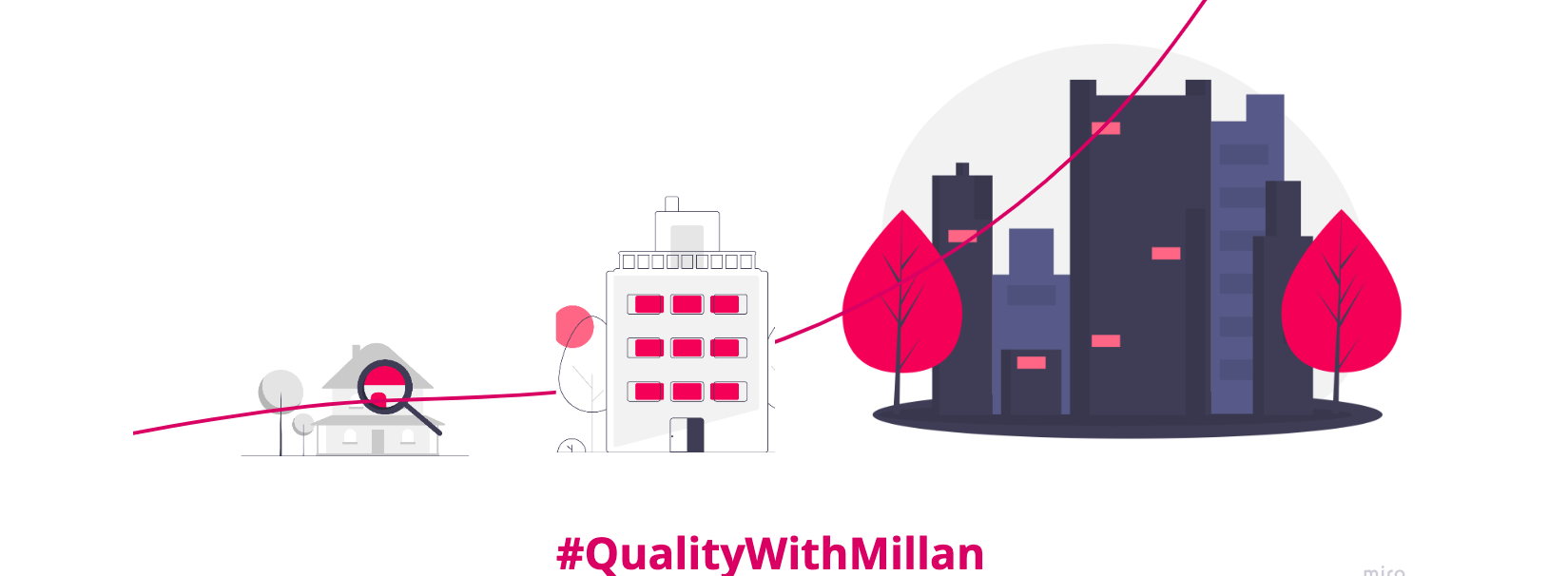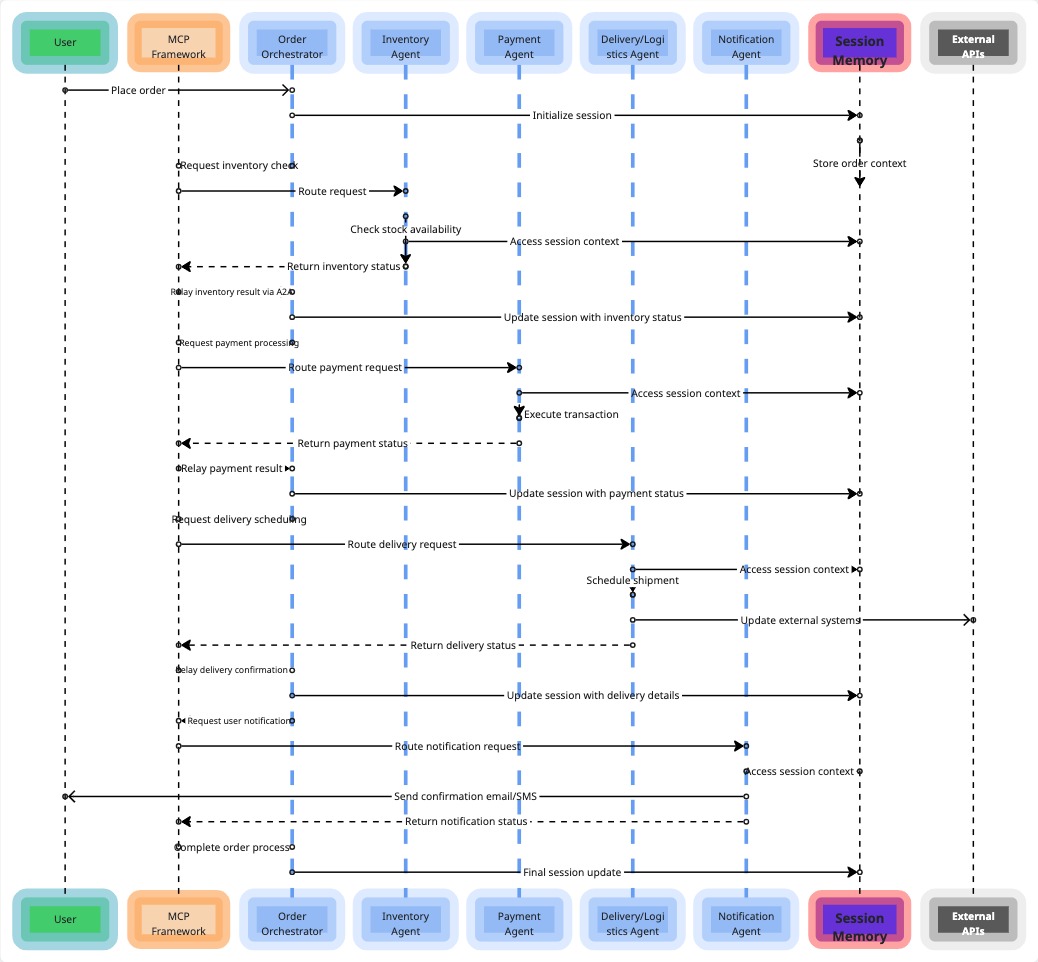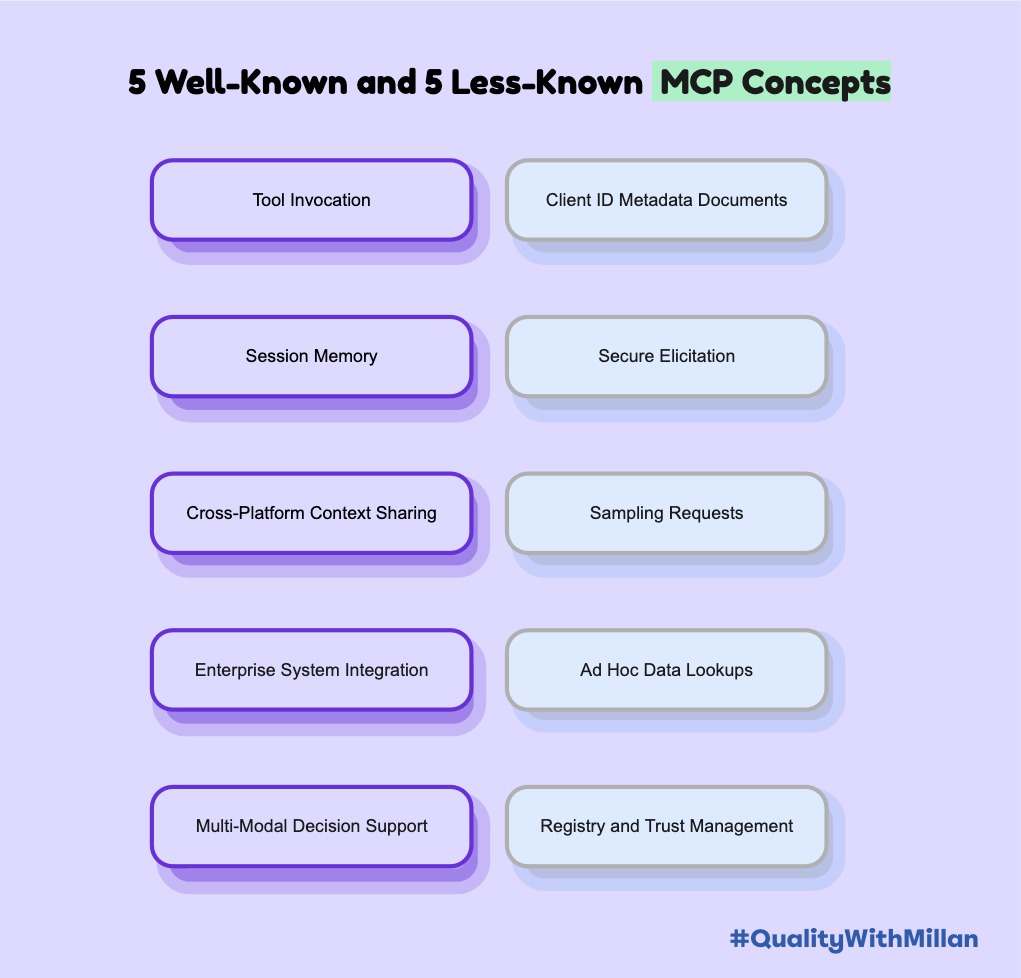QE Leadership at 3 stage of org, your blueprint for QE Success
Written by -
Effective Quality Engineering (QE) Leadership requires adapting to the unique challenges that arise as teams mature. It’s about more than just enforcing standards; it’s about guiding teams to
I’ve personally navigated these transitions, leading QA and QE teams in multiple companies and they all eventually can be categorized in these 3 stages of their business. And in this article, I’ll share my own journey, highlighting the distinct obstacles and leadership nuances I encountered at each level.
-
Emerging Teams: Struggle with defining priorities and establishing foundational quality processes.
-
Growing Teams: Face increased complexity, inefficiencies and scaling hurdles.
-
Large Enterprises: Can become bogged down by bureaucratic slowdowns and misalignment.
.. and to set the tone and not to make you wait, in 3 bullet points, your key to impactful QE leadership or any Leadership per se.
- A relentless focus on delivering value at every stage.
- Strategically eliminating distractions is as vital as prioritizing what matters.
- Knowing what not to do is as crucial as knowing what to do.
 Image credits: undraw.co
Image credits: undraw.co
Let me walk you through the strategies I’ve used to lead effectively, at each stage of organizational growth.
1 Quality focus in early-stage teams
Start-up’s 🚀
In the early stages, teams often get caught up trying to build extensive test coverage, automation and processes all at once. Without a clear focus, they risk spreading their efforts too thin.
Key areas to prioritize
- Automate high-impact tests first – Identify the most critical test cases that provide maximum risk reduction.
- Set defined quality benchmarks – Ensure there are clear expectations for releases.
- Strike a balance between speed and stability – Avoid over-engineering testing while maintaining fast feedback loops.
Questions to consider
- Are we concentrating on quality efforts that deliver the most impact?
- Do we have well-defined quality goals for this phase?
- Is our automation strategy supporting development speed rather than hindering it?
The reality is, most startups lack the budget for a dedicated QA team or experienced QE Lead. They often rely on developers for testing or, worse, hire a mid-level QA engineer with automation skills and expect strategic leadership. I’ve seen this firsthand – it’s only when they bring in someone with experience, who truly gets the need for change, that the principles I’ve outlined become clear.
2 Managing quality complexity in growth-stage teams
Scale-up or mid-size org 👔
Scaling smartly as teams expand, quality challenges grow—longer test cycles, unstable environments and inconsistent quality approaches can create bottlenecks.
During my work at a growing company that faced significant delays due to slow test execution and fragmented testing environments. By implementing these strategies, we dramatically improved efficiency:
- Parallelized test execution – Reduced test runtime by 60%.
- Standardized environment management – Eliminated inconsistencies and improved test reliability.
- Self-service quality tools – Empowered teams to take ownership of quality without relying on centralized QA teams (we brought in Quality Advocacy).
Scaling successfully requires moving from manual quality control to an integrated, built-in quality mindset. Leaders must work to streamline workflows and ensure automation accelerates—not hinders—delivery.
Key areas to focus on
- Optimize testing without sacrificing Quality.
- Minimize reliance on centralized QA/QE Teams.
- Own the culture of Quality.
Questions to consider
- Are our current processes slowing us down?
- Can teams conduct testing and releases independently?
- Is automation helping or creating unnecessary complexity?
- Are our current processes slowing us down?
- Can teams conduct testing and releases independently?
- Is automation helping or creating unnecessary complexity?
Growing teams often hit a wall: quality challenges multiply, test cycles drag on, environments become unstable and approaches diverge. I remember this vividly from my time at a scaling company. We were able to break through those bottlenecks by focusing on a few core strategies out of which some I stated above.
3 Driving quality in large organizations
Enterprise scale 💼
One example I can take from my experience is, where they were struggling with prolonged release cycles due to inefficient sign-off requirements and redundant testing. I introduced a data-driven quality strategy to tackle these challenges:
- Implemented key quality metrics: Focused on test cycle time, defect escape rate and release confidence scores.
- Adopted risk-based testing: Prioritized critical functionalities instead of running exhaustive, time-consuming tests.
- Eliminated redundant approval layers: Streamlined decision-making for faster releases. Think of blanket approval for paperwork that was easy and to be done each monthly release.
A major challenge in large organizations is excessive control. Leaders must create an environment where teams feel empowered to take ownership of quality while keeping processes lean and effective.
Key areas to prioritize
- Utilize data-driven quality metrics.
- Remove unnecessary testing and approval barriers.
- Promote autonomy without sacrificing standards.
Questions to consider
- Are we measuring and tracking meaningful quality indicators?
- Do our processes enhance or hinder efficiency?
- Are teams equipped with the autonomy to drive quality improvements?
I was working at a 200k+ employee size org - large enterprises where processes were excessive, approvals had to be rigid and misalignment was common. I was in my growth phase to lead teams and I was able to navigate to improve quality without compromising on governance overcoming bureaucracy using above mentioned experiments.
My final note for you on embedding a culture of quality-driven leadership
The most successful QE leaders don’t just enforce quality—they cultivate an environment where it becomes second nature for their teams use these 3 principles to make that happen.
1. The three-priority principle At any given time, a company should focus on only three primary quality objectives. More than three? You risk losing focus.
2. The “cut the excess” exercise Each quarter, audit all ongoing quality initiatives. Eliminate the bottom 25%—even if they seem beneficial. More tests don’t always mean better quality.
3. The one-sentence quality mission
Every team should be able to define its quality purpose in a single sentence - here are some for you to start brainstorming
- For early-stage teams: “Deliver rapid releases without compromising stability.”
- For scaling teams: “Eliminate inefficiencies in test execution.”
- For enterprises: “Achieve quality at scale with speed and precision.”
Try to align that to your Org goals as much as you can, as I firmly believe:
“Quality is a part of delivery not an added expense.” —Millan Kaul
Great QE leadership isn’t just about enforcing quality standards—it’s about making quality a strategic advantage. By adapting your approach at each stage of growth, you can build high-performing teams that drive efficiency and deliver exceptional products.




